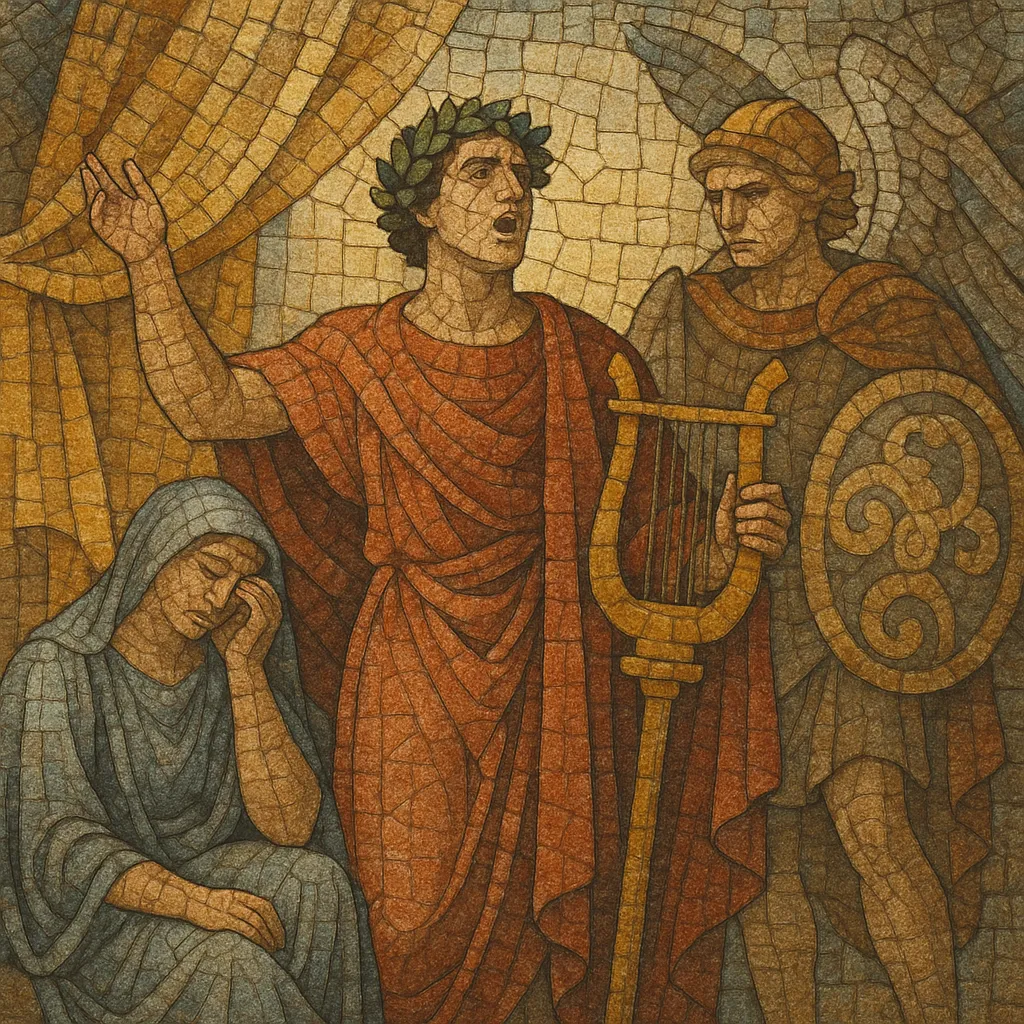Opera seria is the 18th‑century Italian "serious" opera that crystallized around noble, moralizing stories drawn from Classical mythology and ancient history. It privileges elevated rhetoric, clear affects, and vocal virtuosity, especially through the da capo (ABA') aria, where singers ornament the return to display technical brilliance and expressive nuance.
Typically organized in three acts, opera seria alternates recitatives (secco with continuo for dialogue; accompagnato with orchestra for heightened drama) and solo arias. Ensemble numbers and choruses are rare, and the dramatic flow is shaped by the famous "exit aria" convention, where characters leave the stage after an aria. The style reached canonical form via Metastasian libretti and dominated courts and major opera houses across Naples, Rome, Venice, Vienna, and London.
Opera seria emerged in Italy in the early 1700s from late Baroque opera practices. Composers such as Alessandro Scarlatti and librettists like Apostolo Zeno began streamlining plots and emphasizing moral exempla drawn from antiquity. The genre coalesced in Naples and Rome before spreading widely.
Pietro Metastasio standardized the form: three acts; clear alternation of secco recitative and da capo arias; and a focus on noble characters and ethical dilemmas. Composers including Johann Adolph Hasse, Leonardo Vinci, Nicola Porpora, Antonio Caldara, and George Frideric Handel set his libretti, and star castrati (Farinelli, Senesino) became international celebrities.
Opera seria dominated court theaters in Vienna, Dresden, and London. Its musical language featured clear tonality, periodic phrasing, and ritornello structures, with orchestras centered on strings and continuo, often colored by oboes, bassoons, and ceremonial trumpets and timpani.
Perceived excesses—plot stasis, overdecorated arias—prompted reforms. Christoph Willibald Gluck and Tommaso Traetta advocated dramatically integrated music, more ensembles, and fewer showpiece arias. These reforms transformed opera seria’s rhetoric and paved the way for later Classical and early Romantic opera aesthetics.
By the late 18th century opera seria yielded ground to reform opera, opera semiseria, and eventually grand opera and other national variants. Its techniques (da capo structures, accompanied recitative, virtuosic vocalism) and dramaturgy profoundly shaped European operatic practice for the next century.


